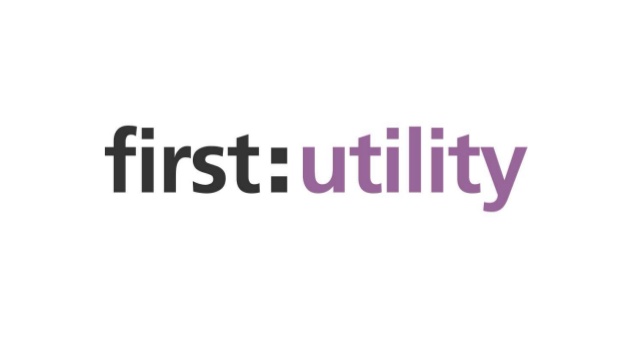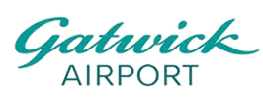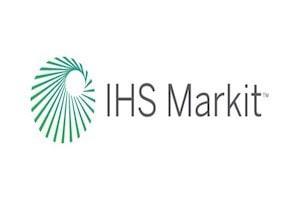An Honest Review of Ansible AWX: The Three Paths to Enterprise Automation
Here at Sirius Open Source, we often get asked, "Should we use Ansible AWX for our enterprise automation, or must we purchase Red Hat Ansible Automation Platform (AAP)?" This is a critical question, and one that deserves a clear, honest answer. We understand the need to choose the right foundational technology, as it is a strategic decision a business will have to live with for years.
We want to be upfront: AWX is a powerful tool that provides a zero-cost entry point, and for many large organizations, it can be a perfectly valid, long-term solution for production environments, provided the inherent risks are professionally mitigated. While AWX, as the upstream Open Source project, is inherently less stable than AAP, this instability transfers risks and labor costs, not impossibilities. The operational challenge of AWX (DIY path) can be entirely solved by supplementing its Open Source nature with formal professional services from automation experts. This article will provide a detailed, fact-based review of AWX, detailing its capabilities, its inherent risks, and offering a strategic framework that outlines the three viable paths for enterprise automation, helping you make the most informed decision possible.
1. AWX Identity and Core Value Proposition (The Strengths)
Ansible AWX serves as the Open Source, upstream community project for Red Hat Ansible Automation Platform (AAP). It provides core capabilities like a centralized web-based user interface, a REST API, and a task engine, making automation accessible to teams without requiring deep command-line knowledge.
The core value proposition of AWX is based on accessibility and zero cost:
- Zero-Cost Entry: The software is freely available for use, with no associated licensing costs. This makes it an attractive starting point for developers, small teams, and proof-of-concept (POC) environments.
- Centralized Control: AWX provides a centralized "control tower" to manage critical automation assets, including inventories, playbooks, and secure credentials, enabling team collaboration.
- Workflow Automation: Users can build sophisticated automation pipelines using a visual editor to chain multiple jobs with conditional logic.
2. The Operational Reality: Inherent Risks of the Upstream Model
The primary challenge with AWX stems directly from its identity as a fast-moving, experimental project designed for rapid new development. This architectural choice creates risks that, if unaddressed, lead to significant operational burdens and hidden labor costs.
For organizations attempting a do-it-yourself (DIY) approach, the following problems drive the Total Cost of Ownership (TCO) up, making AWX seem unaffordable or unstable:
A. Instability and Lack of Formal Support (The SLA Gap)
AWX is inherently less stable and more prone to bugs and breaking changes than AAP. It relies solely on a community-driven support model. When a critical bug or security issue arises, resolution is unpredictable, as there are no formal support contracts or guaranteed Service Level Agreements (SLAs). This unpredictability necessitates that the organization hire internal FTEs (Full-Time Employees) to handle all troubleshooting and bug fixes.
B. Deployment and Migration Complexity
The deployment process relies on a more complex, Kubernetes-native approach managed by the AWX Operator. This requires the AWX administrator to also be a proficient Kubernetes operator, introducing a significant and often overlooked labor cost due to the technical depth required for low-level troubleshooting. Furthermore, migrating between major AWX versions has "no clean way," often requiring the end user to develop a custom disaster recovery plan and manually export/re-import configuration data.
C. Enterprise Feature Gap
AWX users must accept the risk of falling behind in enterprise functionality. Red Hat continually widens the feature gap, making advanced functionalities like multinode and multisite clustering and deep Automation Analytics exclusive to AAP subscriptions.
3. The Third Strategic Path: AWX Stabilized by Professional Services
The financial and operational risks inherent in the AWX open source model are directly tied to the DIY (Do-It-Yourself) approach, where the organization takes on all maintenance and support labor. The instability and lack of SLAs, however, do not rule out AWX for production; they merely mandate professional support.
By utilizing a commercial partner, organizations can outsource the high-labor, high-risk tasks, thereby stabilizing the AWX TCO and mitigating the inherent instability. This creates a robust alternative to purchasing the AAP subscription.
A service partner specializing in Open Source and automation, offers the necessary support features to validate AWX as an enterprise solution:
- Formal Support and Managed Services: The partner provides 24/7/365 proactive monitoring and rapid incident response, which directly provides the Service Level Agreements (SLAs) missing from the community model. This outsourced support stabilizes the TCO by replacing unpredictable internal labor costs with a predictable service fee.
- Risk Mitigation: The partner handles security updates and complex troubleshooting, directly mitigating the risks of unplanned downtime and the potential for critical data loss associated with regressions in the rapid AWX release cycle.
- Expert Deployment: Partners navigate the complexities of the Kubernetes-native deployment, ensuring a proper setup and building internal team knowledge through training and mentoring.
The strategic imperative is that a commercial partner is a critical component of a successful automation strategy for both AWX and AAP. By providing a predictable and risk-mitigated path for both platforms, a full-service partner ensures that the organization can choose the solution that best fits its licensing preferences while achieving the required operational stability.
4. Strategic Recommendation: Choosing the Right Path
The choice is not a binary decision between a "free but bad" platform and a "paid but good" platform. Instead, it is a calculation of risk tolerance, internal expertise, and how the organization chooses to fund operational stability: either through a commercial subscription or through managed services.
Based on this analysis, organizations have three strategic paths for Ansible adoption:
| Path | Primary Benefit | Ideal Use Case | Cost Model | Risk Profile |
|---|---|---|---|---|
| 1. AWX (DIY) | Zero licensing cost | Developers' labs, academic environments, Proof-of-Concept (POCs) | High, unpredictable labor TCO | High operational risk; relies on deep, dual-track internal expertise (Ansible + Kubernetes) |
| 2. AAP (Commercial) | Guaranteed SLAs and exclusive enterprise features (Analytics, Clustering) | Production environments, large enterprises, mission-critical automation requiring high compliance | Predictable, recurring subscription fee (Direct cost) | Low risk; Red Hat assumes responsibility for stability and support |
| 3. AWX + Professional Services | Zero licensing cost plus formal support | Production environments, large enterprises, or any organization that prefers the Open Source core but requires guaranteed stability and support | Predictable service fee (Direct cost for labor) | Low risk; the service partner assumes the burden of stability and maintenance |
For most large-scale or mission-critical environments, the decision boils down to Paths 2 and 3. While AAP provides built-in commercial features like Automation Analytics and Event-Driven Ansible, AWX supplemented by professional services achieves operational stability and risk mitigation equivalent to AAP by providing the same critical support functions (SLAs, 24/7 monitoring) through a commercial partner. This makes AWX + Professional Services a financially and technically viable choice for production.
















































